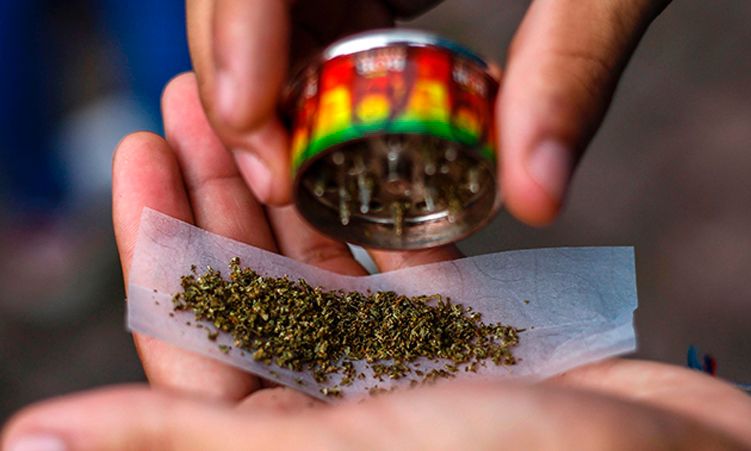Worldwide, 10 December is marked as Human Rights Day.
It is the anniversary of the UN Human Rights Declaration adopted on that date in 1948.
Many countries and organisations acknowledge it as a significant marker.
In South Africa, Human Rights Day is celebrated as a public holiday on 21 March. It commemorates the Sharpeville massacre on that day in 1960.
The significance of this event in the fight against white minority rule was the reason Namibia’s Constituent Assembly proclaimed Namibian Independence on the same day in 1990.
In Namibia, 10 December, as ‘International Human Rights Day/Namibian Women’s Day’, reminds us of the 1959 massacre on this day.
Thirteen unarmed demonstrators were killed and more than 40 people were wounded while resisting forced removal from the Old Location in Windhoek.
RESISTANCE
Like Cape Town’s District Six and Johannesburg’s Sophiatown in South Africa, residents resisted the apartheid policy which enforced the physical segregation of ethnically defined communities.
Internal social dynamics transcended mono-cultural affinities and identities by cohabitation.
The location was within walking distance of Windhoek’s town centre, with only a riverbed separating it from the white suburb of Windhoek West.
Location residents paid a fee to the municipality for the plots they occupied. But buildings constructed for accommodation were their private property.
These homes were also a matter of transactions.
However, in line with apartheid policy, in the late 1950s a new township was designed, separated by a buffer zone from the city of Windhoek.
It created ethnically divided and strictly policed living quarters.
Houses remained the property of the administration and higher rents had to be paid.
The so-called Coloured community was separated by being relocated to Khomasdal as another new suburb.
END OF AN ERA
The name proposed by residents for the new township – Katutura – was a dismissal of it as a home.
It translated into “a place where we do not want to stay”. Hardly anyone wanted to move there.
Instead, from late 1959 women initiated a boycott of municipal services.
Following weeks of campaigns, a meeting with white officials took place in the location on 10 December.
When the crowd protested over complying with the relocation, stones were thrown and the police opened fire.
The sheer brute force used to try and quell the resistance marked the end of the Old Location.
From 1960, people were moved to Katutura. Their former homes were bulldozed to the ground.
The Old Location was officially ‘closed’ in 1968.
Today, only an iron bridge across the Gammams River, to allow residents to cross during the rainy season, serves as a reminder of its existence.
Since then, Katutura has expanded into Namibia’s largest settlement.
The site of the former Old Location became part of middle class suburbia.
The ‘death’ of the Old Location marked the end of an era, with memories gradually fading.
Only a few systematic efforts to put on record its unique history have been undertaken.
However, the massacre became a reference point for the heroic narrative of Swapo, which was formed in 1960 in response to the massacre.
In his pioneering work on the formation of national resistance in Namibia, the late historian Tony Emmett, wrote: “The authorities’ attempts to move residents of the Old Location to a new township and the resistance they met represent a significant point in the political history of Namibia … it transcended parochial issues and united a broad cross-section of groups and classes in a confrontation with the colonial state.”
REMEMBERING
Anna ‘Kakurukaze’ Mungunda was the only woman killed.
Despite contradictory narratives about her role, she became the most widely acknowledged face of the resistance.
Mungunda was subsequently honoured with a tombstone at Windhoek’s Heroes’ Acre when it was inaugurated in 2002.
In Germany, the Wedding district in Berlin launched an initiative to rename some of the colonial street names in the ‘African Quarter’ (Afrikanisches Viertel).
It decided to change parts of the Petersallee – named after a notorious colonial perpetrator in imperial Germany – to Anna-Mungunda-Allee.
The inauguration ceremony is on hold because of a pending objection by some residents.
In Windhoek, some sections of the neglected and dilapidated Old Location cemetery have been restored and upgraded to a memorial site and turned into an Old Location Cemetery Museum.
In 1959/60, the late Zedekia Ngavirue was employed as a social worker in the location.
Politically active in Swanu, Ngavirue founded and with Emil Appolus co-edited the first African newspaper, ‘The South West News’.
Its nine issues are a treasure trove, documenting the discussions and issues of the time.
In his introduction to the collection, published in facsimile by Basler Afrika Bibliographien, ‘Dr Zed’ might have captured the spirit of those days the best: “It was indeed when we owned little that we were prepared to make the greatest sacrifices.”
- Henning Melber in extraordinary professor, department of political sciences, University of Pretoria.
Stay informed with The Namibian – your source for credible journalism. Get in-depth reporting and opinions for
only N$85 a month. Invest in journalism, invest in democracy –
Subscribe Now!







